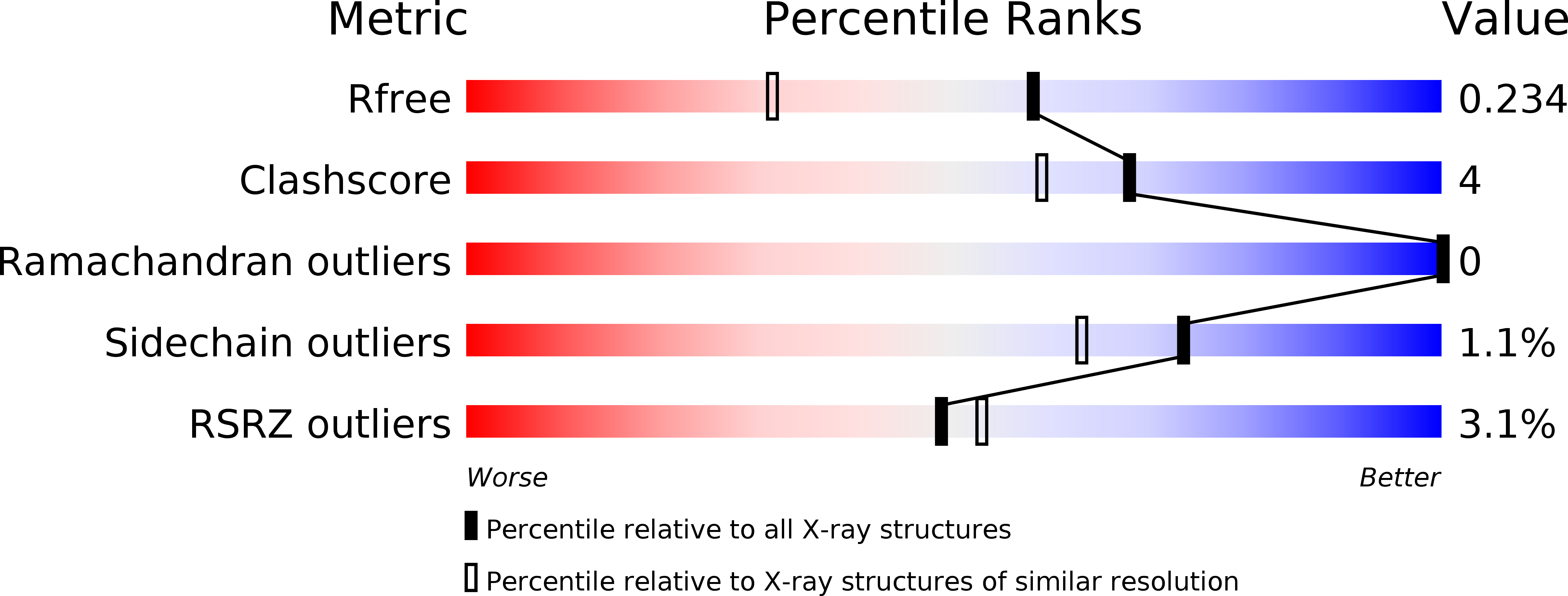
Deposition Date
2005-02-02
Release Date
2005-04-26
Last Version Date
2024-10-30
Entry Detail
PDB ID:
1YQV
Keywords:
Title:
The crystal structure of the antibody Fab HyHEL5 complex with lysozyme at 1.7A resolution
Biological Source:
Source Organism:
Mus musculus (Taxon ID: 10090)
Gallus gallus (Taxon ID: 9031)
Gallus gallus (Taxon ID: 9031)
Method Details:
Experimental Method:
Resolution:
1.70 Å
R-Value Free:
0.23
R-Value Work:
0.19
Space Group:
P 1 21 1


